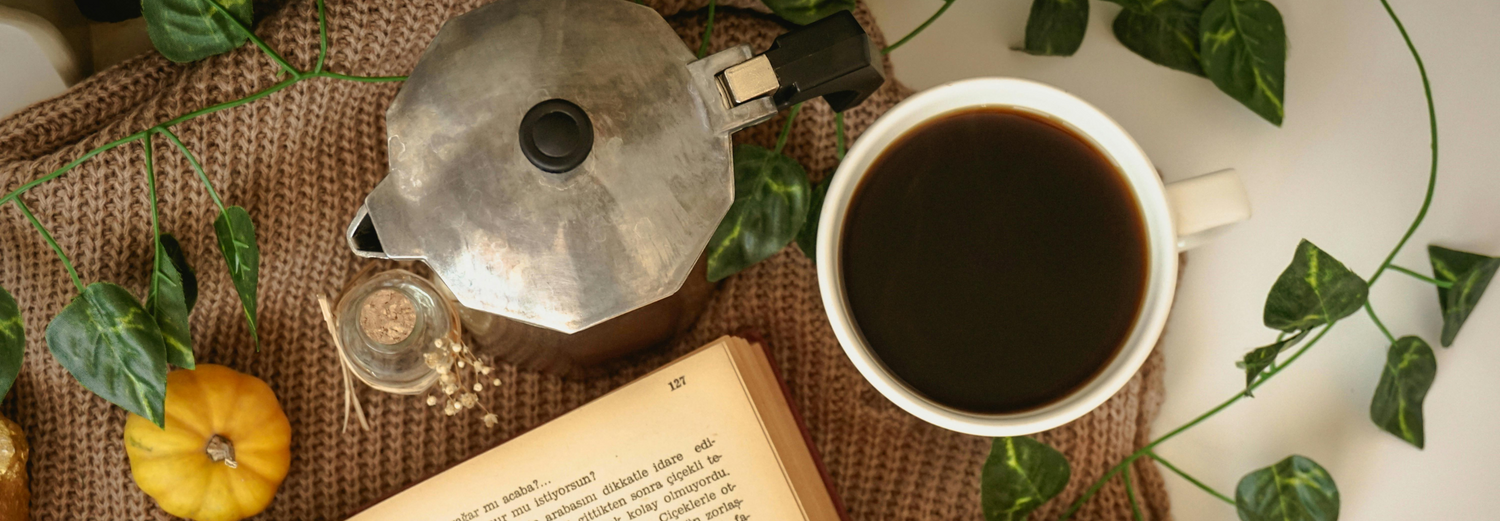Here at Spiller & Tait, we work tirelessly to guarantee you the best at-home coffee experience. If you're craving something new but unsure what to order
That's why we've created our Personal BrewMate Coffee Assistant! Our revolutionary chatbot is changing the game for coffee enthusiasts and newbies alike.
If you're craving something new but unsure what to order, our chatbot is like having your own world-class barista in your pocket. Offering in-depth knowledge of coffee varieties, brewing methods, and flavour profiles to recommend the perfect coffee based on your preferences.
Growing and Handling
When beans are harvested, they are graded, or separated into different categories according to their appearance. Even good coffee plants can produce some defective beans, which are off-colour, broken, sour, or the wrong size. European grade beans have no more than 2% of these defective beans, and they are more expensive. American grade beans are permitted to have up to 4% defective beans, and this grade is less expensive and more likely to have off-tastes.
The best-quality coffee beans come from suppliers, like us, that are specific and transparent in describing the origin of their beans; if you deal with roasters able to give you detailed information about their growers, you will end up with higher quality coffee.
Certifications
Certifications can include organic, shade grown, sustainable, high-altitude, rainforest alliance and fair-trade. In general, such labels are excellent indicators of a fine quality product. Even if a characteristic such as “fair trade” doesn’t specifically refer to the taste of the beans, it does mean that the progression from coffee tree to your cup has been closely and carefully attended to. Achieving and maintaining organic certification is not easy, and growers are held accountable for the way they treat their product. You can feel confident that there are no traces of pesticides in your cup of organic coffee, and that the natural pests that attack coffee trees have been controlled through nontoxic methods.
Freshness
The first question to ask about freshness is how long the green coffee berries were stored. Coffee beans are dried seeds, quite stable in their un-roasted form. Their outer shell is not very porous, and the moisture content can be as low as 10%. Because of this, they can safely be stored for as long as a year without losing quality, if the storage conditions are good. It’s important that they not be stored in a very humid storage facility, however, because bacteria can grow on the bean and the oils in the beans can take on some off-odours from the environment.
Make sure that the coffee you buy has a notation of the date on which it was roasted, or buy it direct from a roaster who can tell you when they roasted it. Quality begins to decrease a few days following roasting, so you should buy your coffee in small enough quantities that you can drink all of it within two or three weeks of when it was roasted.




